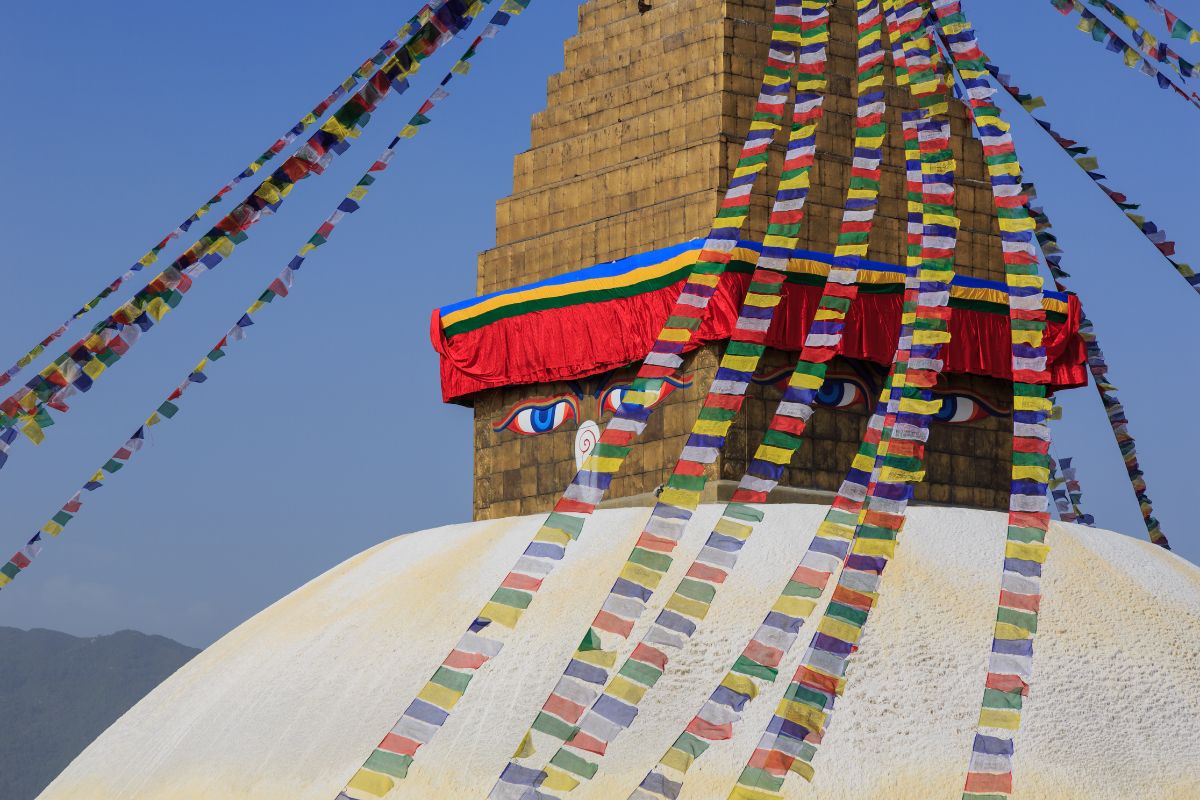In an open letter to world leaders, a Tibetan rights group has raised the issue of climate change caused due to exploitation of rich natural resources by China, ahead of the upcoming UN Climate Conference COP27.
Jyotsna Jayaram and Tenzin Tseten, writing in Tibet Rights Collective said that as the world convenes to discuss the impact and mitigation of climate change and catalyse action at the upcoming UN Climate Conference, COP27, it is important to discuss the Tibet climate crisis. In an attempt to colonize Tibet and exploit its rich natural resources, the Chinese Communist Party (CCP) is destroying its pristine environment and the resulting environmental changes in Tibet are having an impact not just on the Tibetan people but also on those living downstream.
Advertisement
China’s exploitation of Tibet’s land and natural resources has accelerated substantially in recent years. Mining, damming, and deforestation is rampant in Tibet. In the name of “developing” Tibet, CCP is building dual-use infrastructure and as a result, pollution is also increasing in the region, reported Tibet Rights Collective.
The story of the Tibetan nomads is one of the darkest episodes in the account of the unlawful Chinese invasion of Tibet which, unfortunately, is criminally under-reported.
The traditional Tibetan nomadic culture and way of life are under threat as a result of China’s push to relocate them from their ancestral grasslands to urban settlements in the name of poverty alleviation and ecosystem conservation.
This is ironic given that these nomads have been the traditional land managers for thousands of years. These moves are meant only to displace them to give way for mining and damming activities, said Jyotsna Jayaram and Tenzin Tseten.
A crisis is unfolding in the largest and highest plateau on the globe and the location of the third-largest ice cap and the largest accessible freshwater source on earth.
It is also the source of six of Asia’s greatest rivers which feed the populations of 10 countries in the region.
The melting rate of the Tibetan glaciers is concerning. According to a report by the International Center for Integrated Mountain Development (ICIMOD), the climate crisis will cause at least one-third of the region to melt, reported Tibet Rights Collective.
Recently, a team of researchers discovered approximately 1,000 types of bacteria in snow and ice samples gathered from Tibetan glaciers; with global warming accelerating glacial melt, if the harmful bacteria get released, it could spell trouble for those dependent on Tibet’s water sources.
The Tibetan plateau is expected to lose a significant amount of water owing to global warming this century. According to research published recently, due to an increasingly warm and wet climate, the Tibetan Plateau has lost just over 10 billion tonnes of water a year since 2002, said Jyotsna Jayaram and Tenzin Tseten.
Extreme climate events have been reported from Tibet recently, which point toward the accelerating effects of global warming on the plateau
A 6.8-magnitude earthquake jolted Chagsam county in eastern Tibet on September 5, 2022, which left many dead and missing. While flash floods hit the Amdo region in August 2022, authorities declared an orange alert for drought as heatwaves persisted in multiple regions of Tibet.
Despite the risks, Tibetans within and outside Tibet continue to struggle for the environmental protection of their homeland. A-Nya Sengdra, a Tibetan nomad and environmental activist from eastern Tibet, was arrested on false charges linked to his peaceful activism as an environmentalist in 2018, reported Tibet Rights Collective.
A team of Tibetan environmentalists was in Glasgow to represent Tibet at the COP26. The ‘COP26 Team Tibet’ highlighted the global ecological importance of the Tibetan Plateau and strongly urged world leaders to make the Tibetan Plateau central to any global climate change discussion.
They also handed the ‘5-Point Call to Action for Tibet’ leaflets to prominent personalities and other delegates. The ‘5-Point Call to Action for Tibet,’ first drafted in 2015 for the COP21, had five specific demands for the protection and understanding of the Tibetan Plateau. However, COP26 failed to highlight the issue of Tibet fittingly and COP27 is an opportunity that we cannot afford to lose.
Conference of Parties 27 is an opportunity for leaders to raise the issue of Tibet and urge others to make Tibet central to any discussion on global climate change, said Jyotsna Jayaram and Tenzin Tseten.
This year marks the 30th anniversary of the adoption of the United Nations Framework Convention on Climate Change and it is important that it acknowledges the key role that the Tibetan plateau plays in the climate change discourse.
As leaders and stakeholders convene in Egypt in November 2022 for COP27, Tibet Rights Collective urged to amplify voices so that world leaders listen to them, realize the significance of addressing the issue of Tibet and hold CCP accountable for the crisis.











